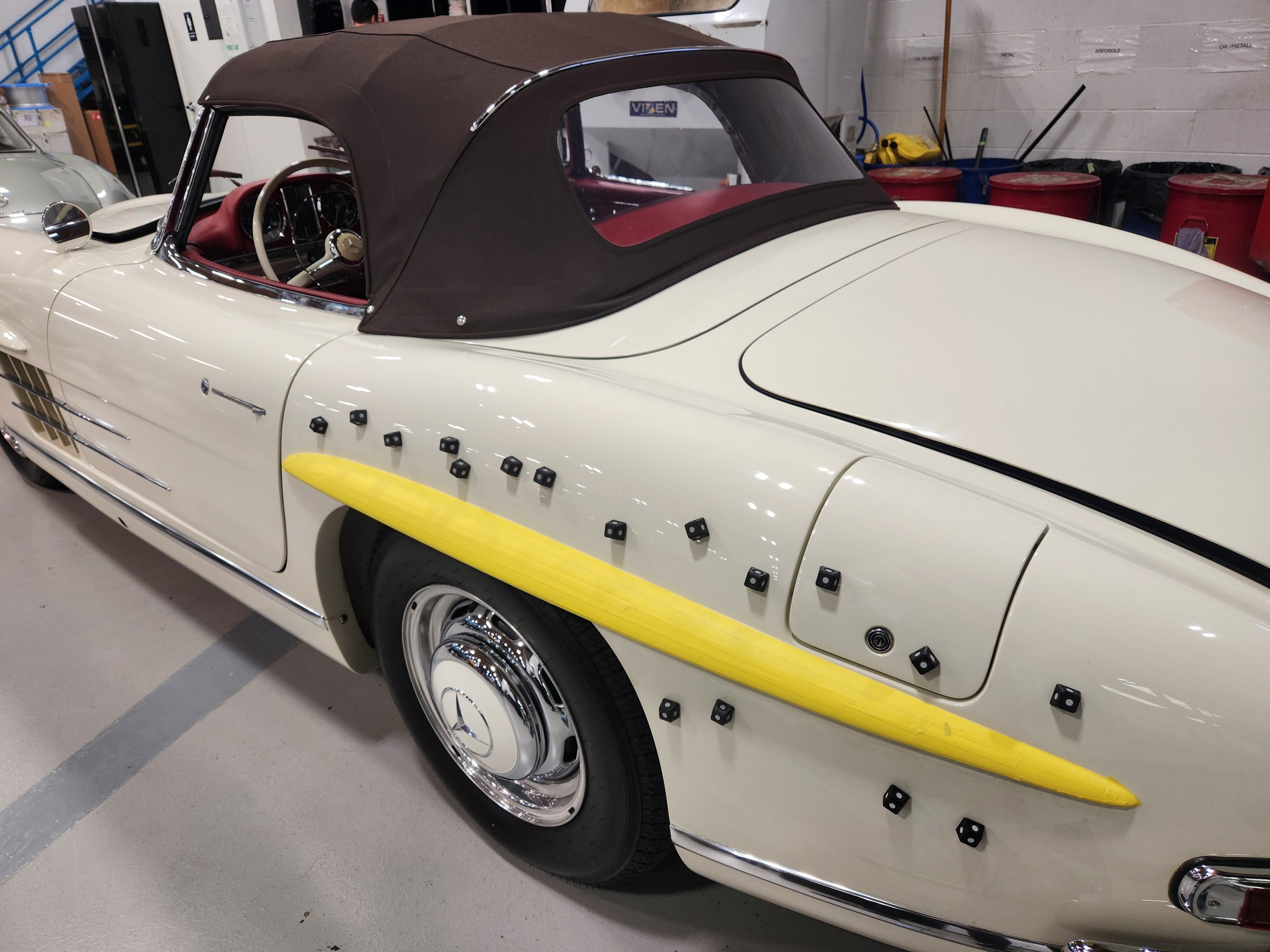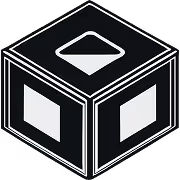Automotive
3D Scanning Vintage Cars For Restoration

Reverse Engineering History: 3D Scanning the Mercedes-Benz 300SL for Panel Recreation
Restoring a vintage icon like the Mercedes-Benz 300SL (Gullwing or Roadster) is not merely a repair job; it is an act of preservation. However, restoration shops face a critical supply chain wall: for vehicles produced between 1954 and 1970, "New Old Stock" (NOS) body panels are virtually nonexistent.
When a fender, door skin, or quarter panel is too damaged to save, you cannot simply order a replacement from Stuttgart.
At Morin 3D, we have partnered with elite restoration specialists to digitize the analog world. By 3D scanning entire vehicle bodies at high resolution, we bridge the gap between 1950s hand-craftsmanship and modern manufacturing. Here is how we convert a physical classic into digital tooling to stamp factory-grade steel panels.
The Challenge: Hand-Built Asymmetry
The first hurdle in restoring a 1960s era Mercedes is understanding how it was built. These vehicles were largely hand-finished. Consequently, the left fender of a 300SL is rarely a perfect mirror image of the right.
Traditional restoration relies on "wire buck" templating—bending wire over an existing shape to guide the metal shaper. This is slow, subjective, and prone to compounding errors. To create a stamping die that produces a flush fit, we need absolute mathematical certainty of the car’s current geometry and the "design intent" of the original engineers.
The Workflow: From Rust to CAD to Steel
1. Data Capture (The 0.3mm Standard)
We do not rely on photogrammetry for this level of precision. We utilize metrology-grade handheld scanners. For a recent project involving a 1960 300SL Roadster, we scanned the entire "body-in-white" (stripped chassis and shell).
We locked the scan resolution to 0.3 mm.Why this specific number?
- Noise Filtration: A tighter resolution (e.g., 0.05 mm) would capture paint orange peel, minor scratches, and surface rust—data that is useless for tooling.
- Curvature Fidelity: 0.3 mm is dense enough to capture the subtle, compounding curves of the 300SL’s "eyebrows" (wheel arches) and the characteristic hood bulges without generating an unmanageable file size.
2. Scan-to-CAD: Surface Idealization
A raw scan is just a point cloud (millions of dots in space). You cannot send a point cloud to a CNC mill to cut a stamp die. The data must be "surfaced."
We work with our client to reverse engineer the surfaces from the raw scan data. This is done in software like Geomagic, CATIA, and Quicksurface. We can also perform Virtual Bodywork: We digitally "iron out" previous accident repairs or Bondo-filled dents in the CAD environment, ensuring the final tool creates a pristine panel.
3. Tooling and Stamping
Once the Class-A surface is validated in CAD, the data is exported for manufacturing. This is where modern tech meets heavy industry. The digital file drives a 5-axis CNC mill to carve the positive and negative forms of the body panel out of tool steel or high-density urethane (for lower volume runs).
These dies are then loaded into a press to stamp new sheet metal. The result is a panel that fits the chassis with OEM gaps, requiring minimal lead loading or filler.
Why Resolution Matters
In the restoration of high-value assets like the 300SL Gullwing, "close enough" devalues the car.
By scanning at 0.3 mm, we capture the exact mounting points and character lines. This allows the restoration shop to fabricate a buck or a stamp that respects the car's lineage. We aren't replacing the artisan; we are giving them better tools. The goal is not to make the car look "modern," but to make the restoration process invisible.
Start Your Restoration with Data
Whether you are restoring a single 300SL or tooling up to produce a run of replacement fenders for the W113 Pagoda, the process starts with accurate data.
Send us photos of the vehicle or component. We can deploy our scanning team to your shop to capture the geometry in situ, ensuring your metal shapers have the digital blueprint they need to hammer out history.
Frequently Asked Questions: Automotive 3D Scanning & Restoration
Q: Can you scan a car with the paint still on, or does it need to be stripped to bare metal?
A: We can scan glossy, painted surfaces without stripping the vehicle. Our metrology-grade laser scanners utilize blue-laser technology that handles high-contrast and reflective surfaces effectively. However, for the highest fidelity "body-in-white" restoration projects, scanning the bare metal chassis allows us to capture exact seam lines and spot-weld locations that paint might obscure.
Q: What is the difference between a 3D Scan and a "CAD Model"?
A: This is the most common point of confusion. The 3D Scan produces a mesh (STL/OBJ)—a cloud of millions of triangles. This is a digital "photo" of the car. You cannot easily cut tool steel from a mesh.Reverse Engineering (which we perform after scanning) is the process of tracing over that mesh to create smooth, mathematical NURBS surfaces (STEP/IGES). This "solid CAD model" is what CNC machines need to cut bucks and molds.
Q: Can you mirror a passenger-side fender to create a driver-side replacement?
A: Yes. This is a primary use case for restoring vintage vehicles like the Mercedes 300SL or Jaguar E-Type. We scan the undamaged side, digitally mirror the data across the center plane of the chassis, and verify the fitment digitally. This creates a symmetrical "digital buck" that often fits better than the hand-built original.
Q: What is the accuracy tolerance of your automotive scans?
A: For full-vehicle body scans, we typically lock resolution at 0.3mm to balance file size with detail. However, our scanners are capable of 0.025mm (25 microns) volumetric accuracy. This means over the length of a 4-meter car, the deviation is negligible, ensuring your wooden buck or metal stamp fits the chassis perfectly.
Q: Do I need to bring the car to Morin 3D?
A: No. High-end restoration projects often involve non-running chassis or fragile assets. We deploy mobile scanning teams to your shop or garage to capture the data on-site, minimizing transport risks.
Upload Your File. Pick a Material. Print.
Get real-time pricing, lead times, and material options in just a few clicks. No back-and-forth emails. No guesswork.
